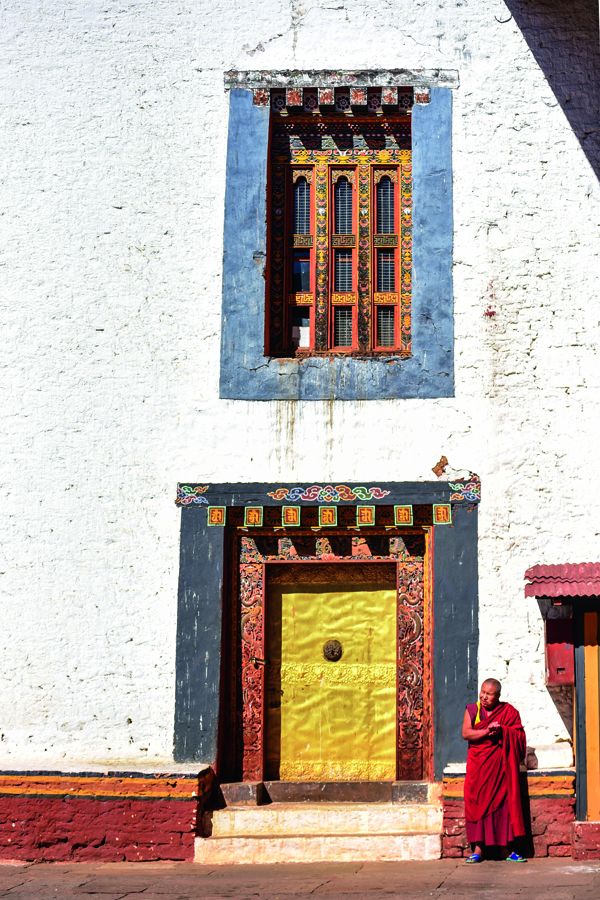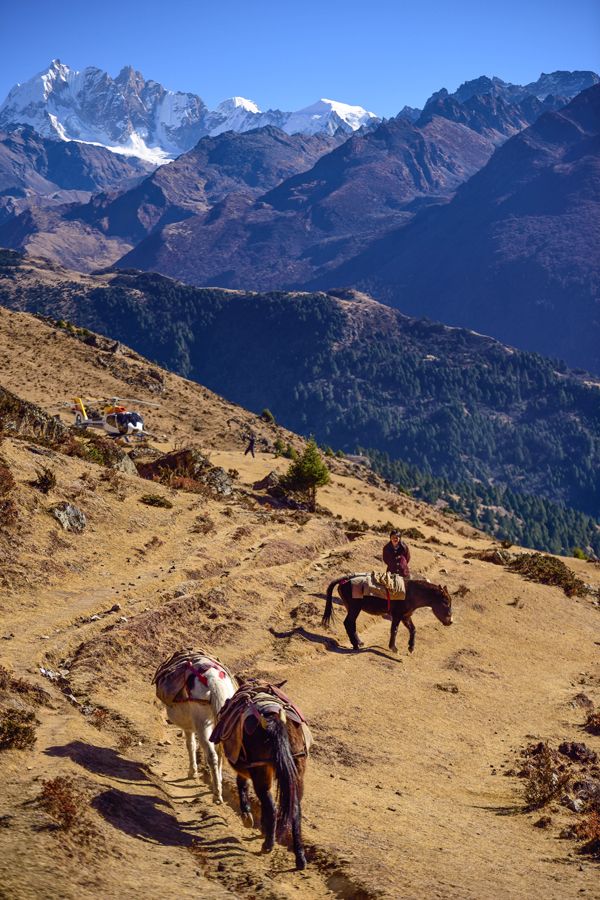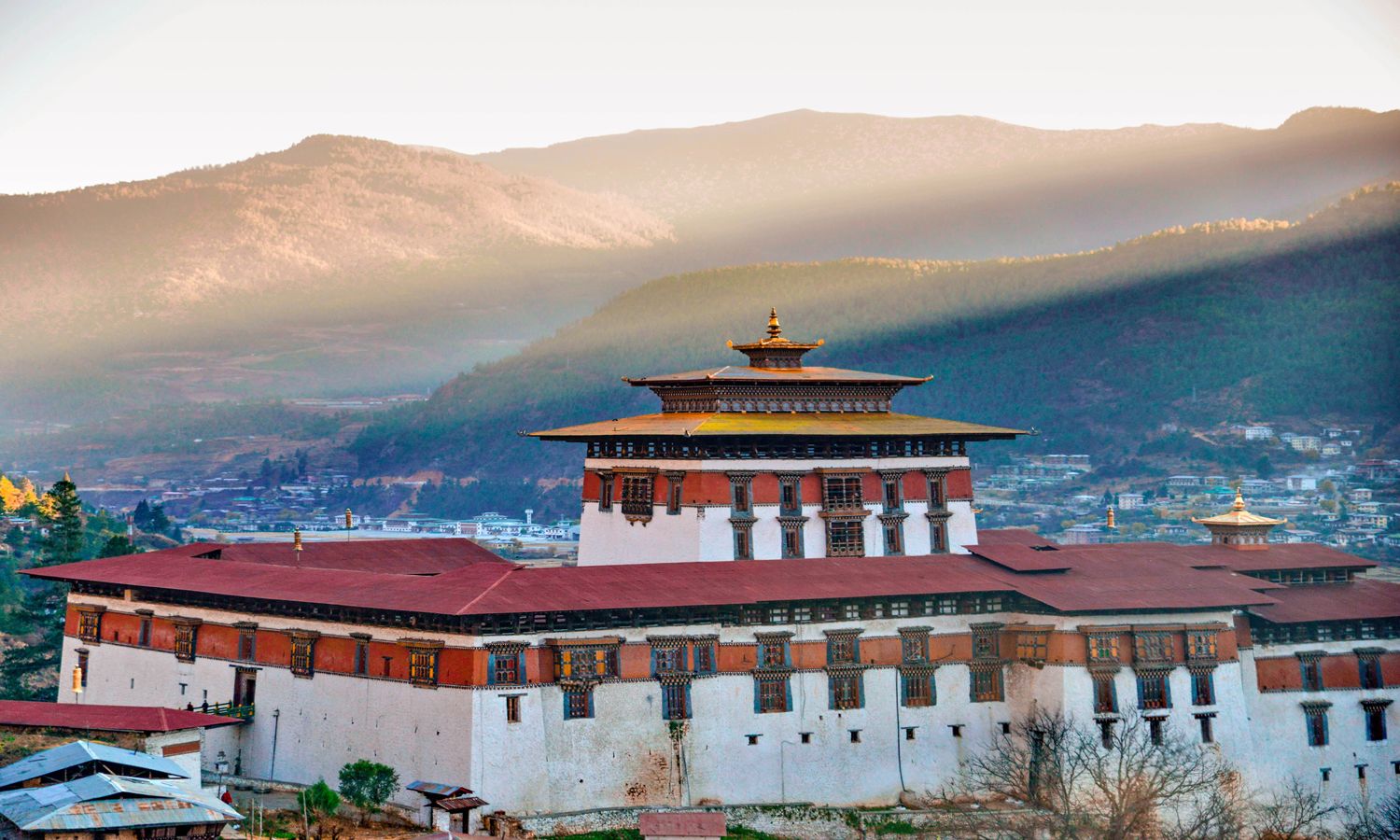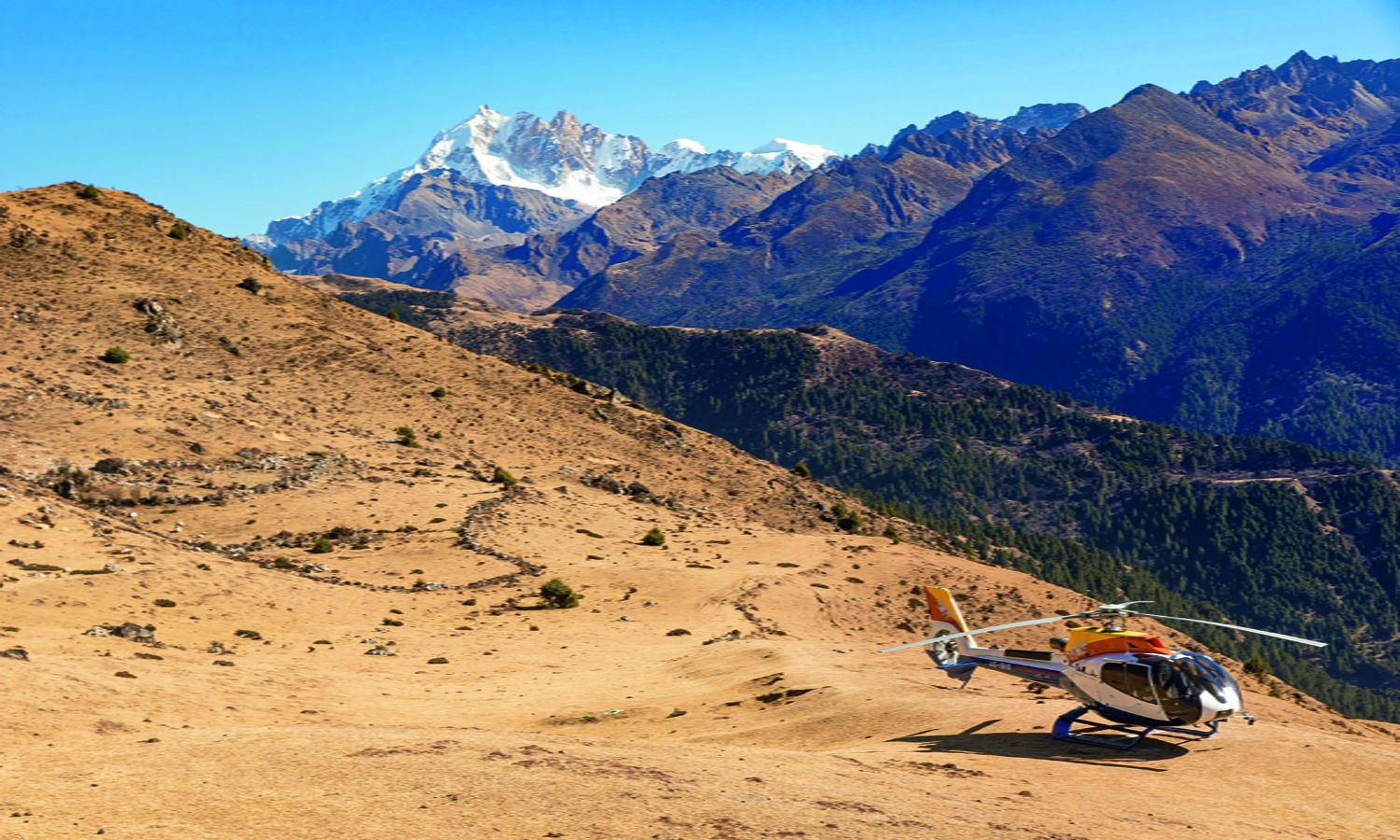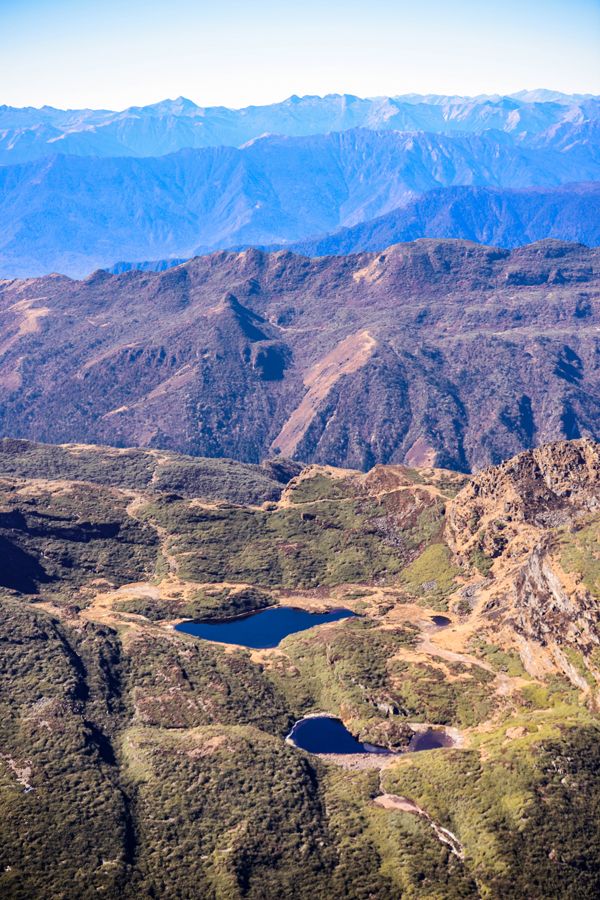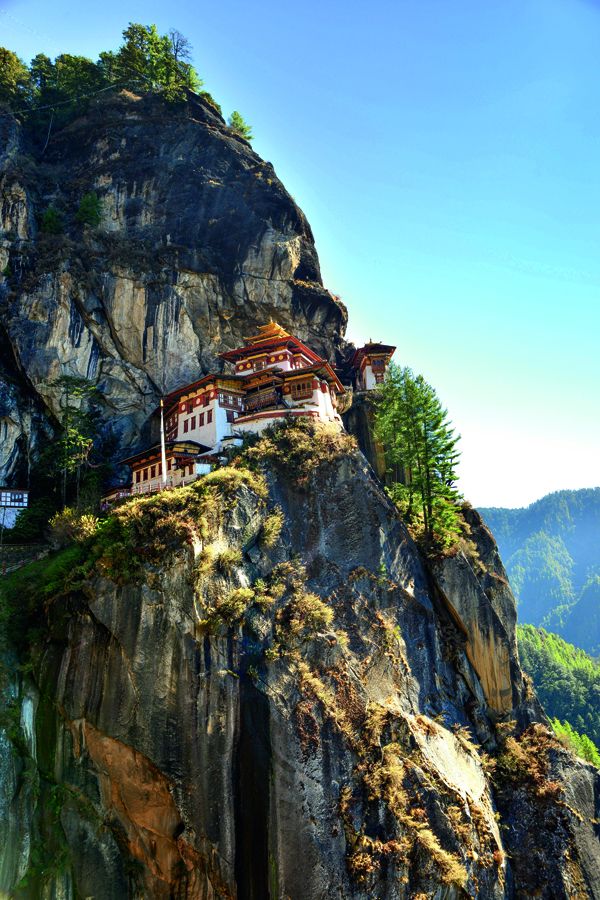A tiny mountain kingdom that offers a royal luxe experience
The light drains from the valley below as if someone has pulled the plug, the dormant, honey-hued rice paddies turning to ash and then indigo, the flanks of the mountains that wreath Paro closing in as the stars above begin to slip from cover.
Bhutan, The Land of the Thunder Dragon, remains high on many an intrepid traveller’s bucket list, and for good reason. This mountainous kingdom is blissfully nestled in a time warp, where traditional garb is the national norm, where roads are at best creases on the map, where the monarchy has not only been retained by is revered, and where many communities remain isolated from the rest of the world. Until now.
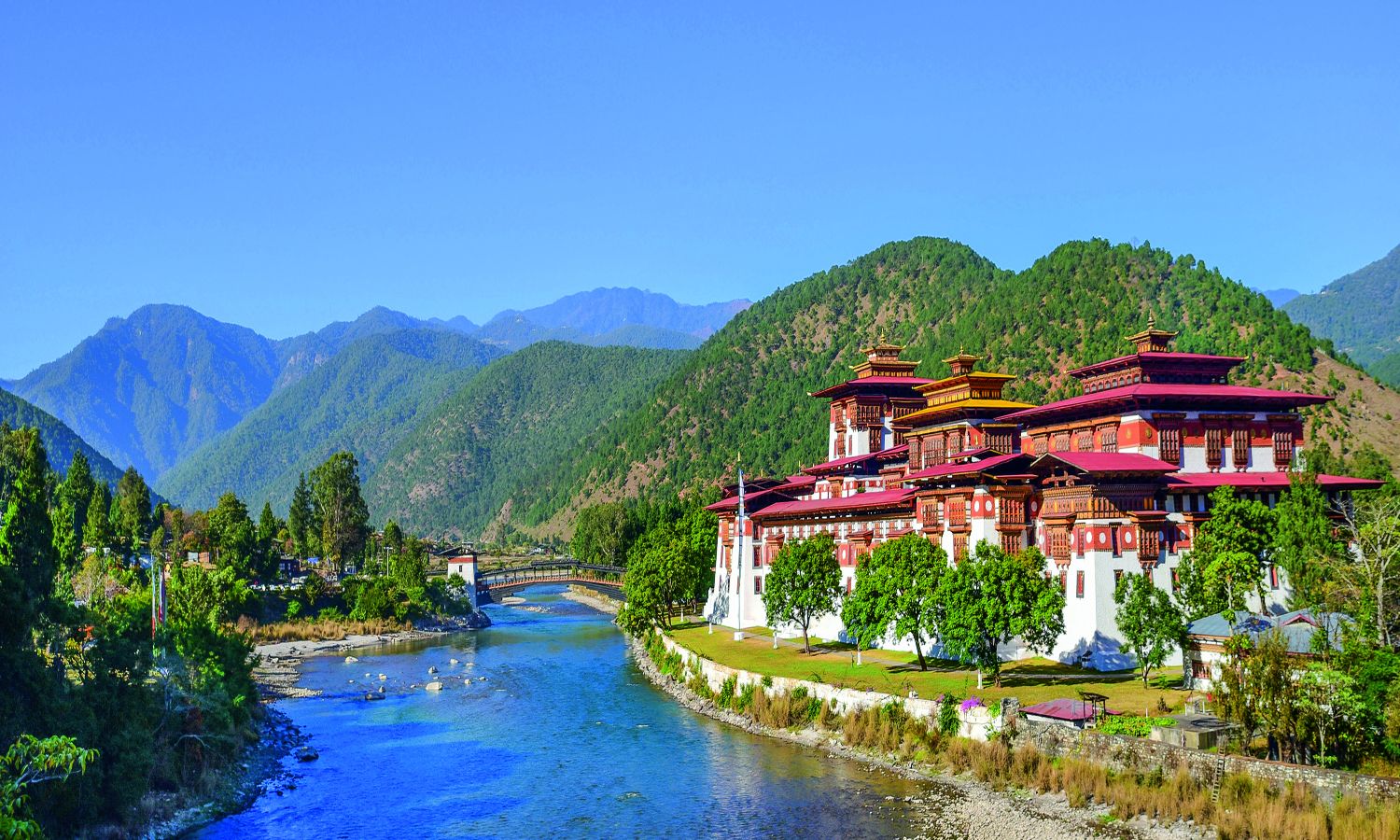
A RISE IN EXPERIENTIAL TRAVEL
Bhutan doesn’t immediately jump to mind for luxury travellers. The kingdom’s remoteness; the hair-raising approach at Paro, regarded as one of the most challenging airports in the world and for which only 12 pilots are certified; and the country’s often-misunderstood minimum daily tariff of US$250 per person have portrayed Bhutan as a utopian Shangri-La reserved for intrepid adventurers and wide-eyed gap-year backpackers toting their parents’ credit cards.
See also: Exploring Ethiopia's Ancient Wonders
When Bhutan opened itself up for tourism in 1974, 287 tourists visited. But the rise in experiential travel, bolstered by a few high-profile celebrity weddings in the country, including those of Tony Leung and Carina Lau in 2008, and Bhutan’s progressive king Jigme Khesar Namgyel Wangchuck and Jetsun Prema in 2011, have helped bolster the mountain kingdom’s tourism fortunes.
Despite a few remaining restrictions, including the daily tariff, which is used to cover accommodation, transport, meals, taxes and mandatory guides in an effort to encourage high-value, low-impact tourism, almost 55,000 tourists visited last year, with many looking for a Himalayan mountain experience with plenty of creature comforts.


